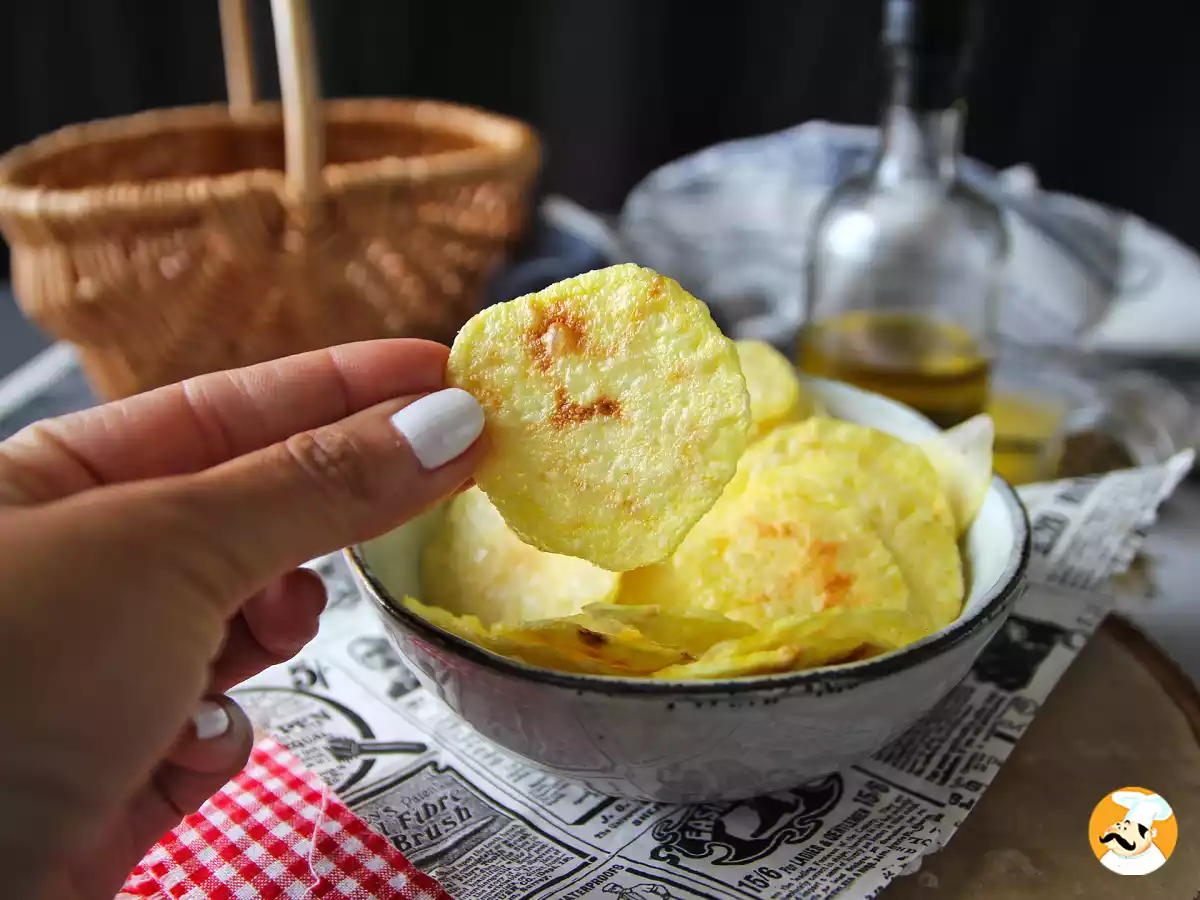Why do we love crunch so much? The science behind this irresistible pleasure

French fries, toasted bread, a KFC-style fried chicken with a golden, crispy crust.... Have you started salivating? You're not alone. You've probably felt an irresistible attraction to certain crunchy foods and snacks, and it turns out it's quite normal. And the fact is, the pleasure we feel when we bite into them has a very interesting scientific explanation that involves our senses and also our brain.
Why is crunchiness so appealing?
The interest in food textures has become a subject of study in neuroscience and psychology. There are several theories that explain why crunchiness has a unique effect on us. Let's see what sensations it produces in us and why!
1. Texture and sound
One of the main reasons why crunchiness is so pleasurable to us is because it engages multiple senses, especially hearing and touch. Biting into foods such as a fresh carrot, a lettuce leaf or a piece of freshly toasted bread produces a distinctive sound that our brain associates with freshness and quality. This "sound of freshness" is processed in the auditory system, reinforcing the perception of satisfaction when consuming the food.
2. A question of survival
Some scientists suggest that, from an evolutionary perspective, crunchiness may have been associated with fresh, undamaged food. In nature, crunchiness indicates that a food is not in the process of decay; on the contrary, it can mean that it is safe to eat. Thus, our attraction to crunchiness may be related to survival by allowing us to identify safer and fresher foods.
3. Dopamine release
The act of chewing a crunchy food stimulates the release of dopamine, the neurotransmitter associated with pleasure and reward. When biting into crunchy crackers, our brain receives a small "burst" of pleasure. This reward process reinforces our inclination for these foods, especially in situations of stress or anxiety, where we seek immediate pleasurable experiences.
4. A multisensory effect
Recent research suggests that food texture can influence even more than taste when it comes to generating pleasure in the brain. By combining sound with texture, crunchiness produces a multisensory experience that significantly enhances taste perception. In the words of Professor Charles Spence, an expert in experimental psychology who has devoted much of his work to studying the science behind food, the sound and texture of food profoundly affects how we perceive taste.
Why is this important to understand?
Irresistible crunch

Buckwheat crepe chips: perfect for an aperitif!

Plantain chips baked in the oven

Microwave sweet potato chips

Crispy chicken tenders like kfc

Air fryer zucchini chips

Comments